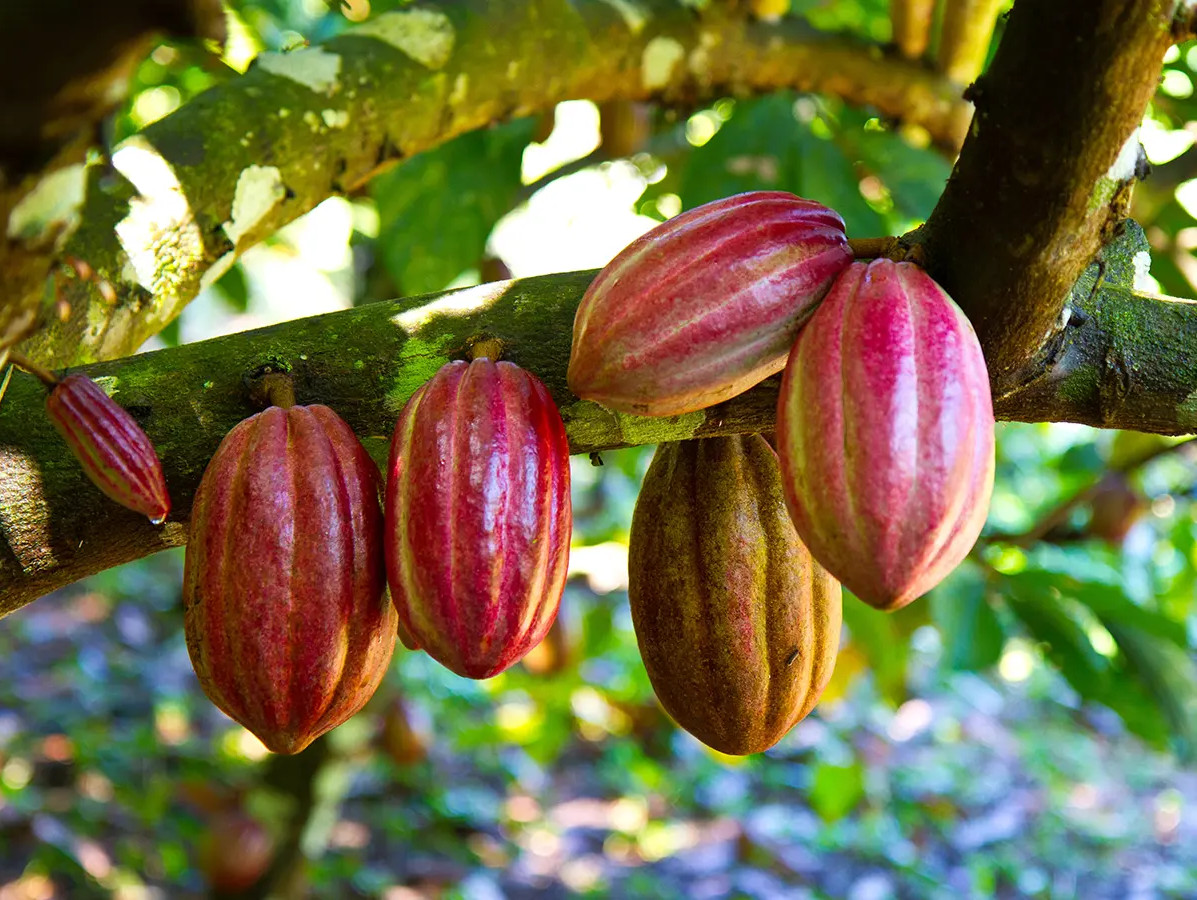
Climate change is affecting global food production at its core, and cocoa is no exception. West and Central Africa, where over 70% of the world’s cocoa is grown, are experiencing shifting cultivation areas. Research from Wageningen University & Research reveals that climate change threatens regions like Ivory Coast, while countries such as Cameroon and Nigeria could potentially benefit.
The research, led by Ghanaian scientist Paulina Asante, indicates that Ivory Coast could lose up to half of its current cocoa cultivation area by 2060. Ghana faces a moderate decline, while Cameroon and Nigeria are expected to see substantial expansion. In Cameroon, production could grow by as much as 60%. “This has major consequences for the cocoa industry,” Asante explains. “Companies will need to adapt to the changing conditions.”
But this shift also carries risks. “Cameroon still has vast rainforests, and cocoa plantations can contribute to deforestation,” explains researcher Niels Anten. The European Union aims to prevent this with its Regulation of Deforestation-free Products (EUDR). This regulation, which takes effect in September, bans the import of products originating from areas deforested after 2021. This creates pressure on both producers and importers, including the Netherlands, one of the major players in the cocoa industry.
For many West African farmers, who already face low incomes and limited resources, the effects could be severe. To prevent production losses from leading to deforestation elsewhere, efforts are focused on increasing productivity per hectare. Shade trees, improved soil management, and heat-resistant cocoa varieties offer potential solutions. “Choosing the right shade trees is crucial,” emphasizes researcher Danaë Rozendaal. “They need to protect the soil without putting additional strain on scarce water supplies.”
Consumers also notice the impact of shrinking cocoa supplies in stores. Price increases are being felt, and manufacturers are searching for alternatives, such as using less cocoa in chocolate bars. However, Anten doesn’t believe chocolate will disappear from shelves anytime soon: “We don’t need to worry just yet about chocolate letters only being visible under a microscope, but the sector does need to keep adapting to the changing climate.”
The Netherlands plays a crucial role in this situation. As the world’s second-largest exporter of cocoa, the country has much at stake. The annual export value of cocoa and cocoa products stands at nearly 10 billion euros, a figure comparable to the combined value of the dairy and egg sectors. Securing this market strongly depends on how effectively West Africa can boost production within the limits set by the EUDR.
Source: Wageningen University & Research